A lot of people think that swimming is something that only confident and strong swimmers can do. That being said, this common belief isn't fully true. Even if you don't think you're a good swimmer, you can still snorkel and see what's beneath as long as you follow the right steps and stay safe. The purpose of this guide is to give you useful information that will help you swim safely and enjoy your time in the water.

What Does "Weak Swimmer" Mean for Snorkeling?
In the context of diving, a "weak swimmer" is someone who gets tired quickly in the water, has trouble staying afloat for long periods of time, feels safer when they can touch the bottom, or gets scared in open water. To take the right steps, you only need to know how comfortable you are with these things. Good thing diving isn't like swimming; you just float on the water's surface and look down at what's below. You don't have to swim hard or learn complicated breathing patterns. In fact, the special gear lets you float and breathe with your face in the water with much less effort. Because of this difference, snorkeling can still be easy for people who aren't great at swimming.
How to Make Snorkeling Work for Weak Swimmers
Several things make snorkeling a good activity even if your swimming skills are limited. The right equipment and a calm approach are key.
Always Use a Buoyancy Aid
For weak swimmers, buoyancy aids are not just helpful—they're essential. These devices help you float easily so you can relax and enjoy the view.
- Snorkel Vests: These are made specifically for snorkeling. Many are inflatable, so you can adjust how much buoyancy you have. They help you float comfortably face-down.
- Life Jackets: A life jacket can also work, but make sure it’s one that lets you float face-down easily. Some life jackets are designed to turn you onto your back, which isn’t good for snorkeling. Check this before you use one.
- Other Flotation Supports: Things like pool noodles or kickboards might give some support, but they’re only okay for very calm, shallow water where someone is watching you closely. They aren't secure enough for open-water snorkeling.
Choose User-Friendly Snorkeling Gear
Snorkeling equipment is generally simple to use. The snorkel mask gives you a clear view underwater without having to lift your head. A snorkel (the tube) lets you breathe with your face in the water. Fins are optional but can be a big help. They make it easier to move around with gentle kicks, which saves energy. For weak swimmers, fins can make controlling your movement much simpler.
Move Gently and Conserve Energy
When you snorkel correctly, especially in calm water and with a good buoyancy aid, you use very little energy. Often, you can just float gently or make small kicks. Saltwater also helps you float better than freshwater. Because it's not physically demanding, snorkeling can be a great choice for people of many different fitness levels.

Risks and Challenges for Weak Swimmers
While snorkeling can be very enjoyable, weak swimmers should be aware of certain risks. Knowing these potential problems helps you prepare.
- Panic: This is a primary concern and can be triggered if water gets in your mask or snorkel, if waves or currents change unexpectedly, or due to fear of deep water or marine life.
- Fatigue: It's easy to use more energy than you realize, even with gentle kicking. Trying to swim against even a mild current can tire you out quickly.
- Being Carried by Currents: Currents might be stronger than they appear and can carry you away from your entry point or boat, making it hard to get back.
- Equipment Issues: A leaky snorkel mask or a snorkel that's hard to clear can cause discomfort and anxiety, disrupting your experience.
- Overconfidence or Unawareness of Dangers: As you get comfortable, you might be tempted to go too far out or not notice changes in weather or water conditions.
These challenges highlight why careful planning and attention to safety are vital. Simple awareness of these potential issues can greatly contribute to a safer and more enjoyable snorkeling experience.
Key Safety Steps for Weak Swimmers
If you're not good at swimming, follow these important safety steps when snorkeling. They include rules about what to do with your stuff and your company, how to properly prepare, and how to behave responsibly while snorkeling. These safety measures are very important, especially when you think about the risks we talked about earlier.
Always Use a Flotation Device
Always wear something that helps you move. That's the most important rule. Pick a life jacket or snorkel vest that fits you well and is made for diving. Before going out into open water, make sure you know how it works, including how to inflate it if needed and tighten the straps.
Never Snorkel Alone
It's important to always swim with at least one other person. Your partner should ideally be a strong swimmer or an experienced snorkeler. Tell your friend how far you can swim and if you have any worries so they can help if you need it. Think about going on an organized tour for your first few trips. Guides are trained in safety, know the area well, and are happy to help and give information.

Choose a Safe Snorkeling Spot
Your choice of snorkeling location significantly impacts safety.
- Look for Calm Waters: Calm waters like bays, sheltered coves, or lagoons are best, as they're protected from waves and wind.
- Start Shallow: Initially, choose spots shallow enough to stand up in if needed, which can help you feel more secure with your gear.
- Clear Water is Better: Clear water improves visibility, aiding navigation and reducing anxiety.
- Easy In and Out: Look for easy entry and exit points, such as sandy beaches or ladders, and avoid slippery rocks.
- Avoid Hazards: Steer clear of strong currents, heavy boat traffic, and fishing areas.
- Lifeguarded Areas: Snorkel in lifeguarded areas when possible.
Practice with Your Gear Beforehand
Spend some time getting used to your snorkel mask, snorkel, and fins in a calm pool or in the clear, beach water. It will feel normal after a while of breathing through your snorkel. If you press on the top of your mask and blow out through your nose, or if you tilt your head back, lift the lower part of the mask a little, and blow out through your nose, you can get rid of water from your mask and snorkel. To keep leaks from happening, make sure your mask fits well. Keep your hair out of the way of the seal on the mask, and make sure the strap is snug but not too tight.
Know Your Limits and Conditions
Tell the truth about your skills. Do not go too far from the shore or your boat. Take breaks often, even if you don't feel tired. Get out of the water if you're tired, cold, or afraid. Do not push yourself. While you swim, keep an eye on your surroundings and any changes in the water or weather.
Learn Basic Water Safety Signals
Before you go, learn how to signal for help and understand others' signals. The usual signal for help is raising one arm straight overhead and waving it. Discuss signals with your buddy or guide. A whistle attached to your vest can also effectively attract attention. Recognize common signals from guides or buddies for "okay" or "come here."

When Snorkeling Might Not Be a Good Idea for Weak Swimmers
Even though snorkeling can be great, there are times when it might not be the best activity for a weak swimmer.
- Strong Fear of Water: If you're extremely afraid of water and can't manage that fear even with support, snorkeling probably won't be fun or safe for you.
- Can't Get Used to Face in Water: Some people just can't get comfortable with their face in the water, even with a snorkel mask. If this causes too much anxiety, it's best not to force it.
- Bad Conditions: Don't go snorkeling if the sea is rough, there's a storm, or the currents are strong. These conditions are dangerous even for good swimmers.
- No Safety Gear: If you don't have the right safety equipment, especially a good flotation device, don't go.
- Certain Health Issues: If you have heart problems, breathing difficulties, or any medical condition that could cause you to suddenly become unwell, check with your doctor before snorkeling.
Snorkel Safely and Enjoy the View!
Snorkeling is a pleasant and safe alternative for folks who aren't proficient at swimming to view the gorgeous world under the water. Always observe safety precautions, such wearing a flotation device and traveling with a friend, and choose peaceful, safe spots to snorkel. If you are attentive and handle the water with respect, you can experience the beauty below the surface.

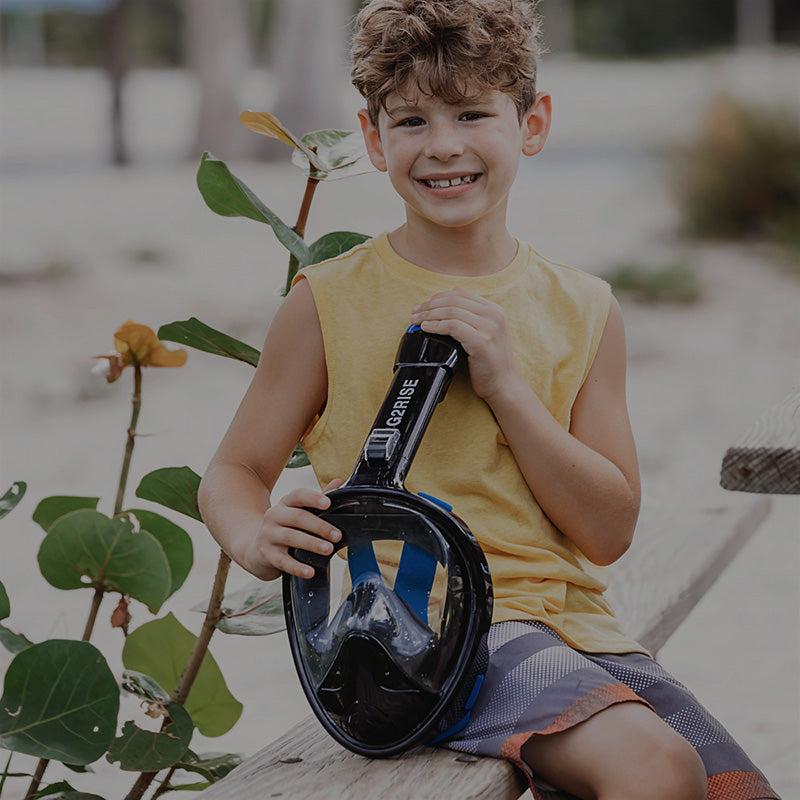
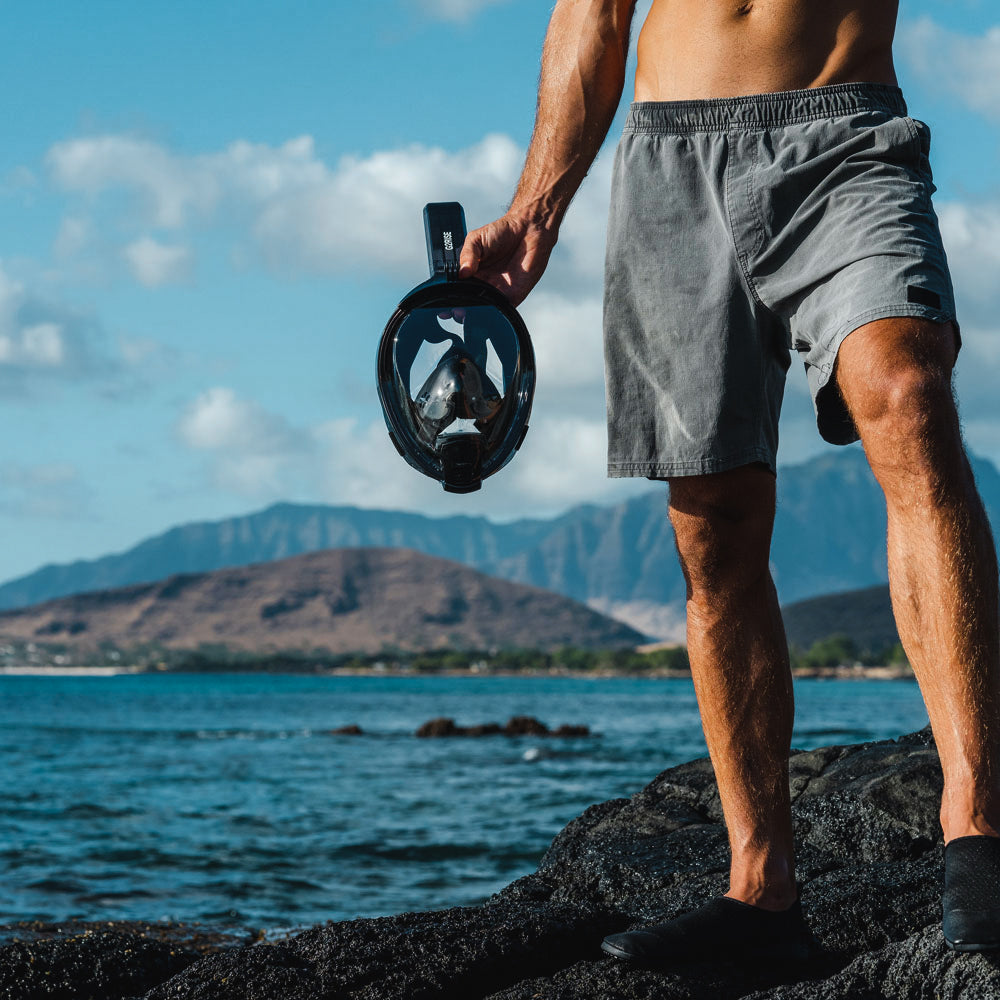

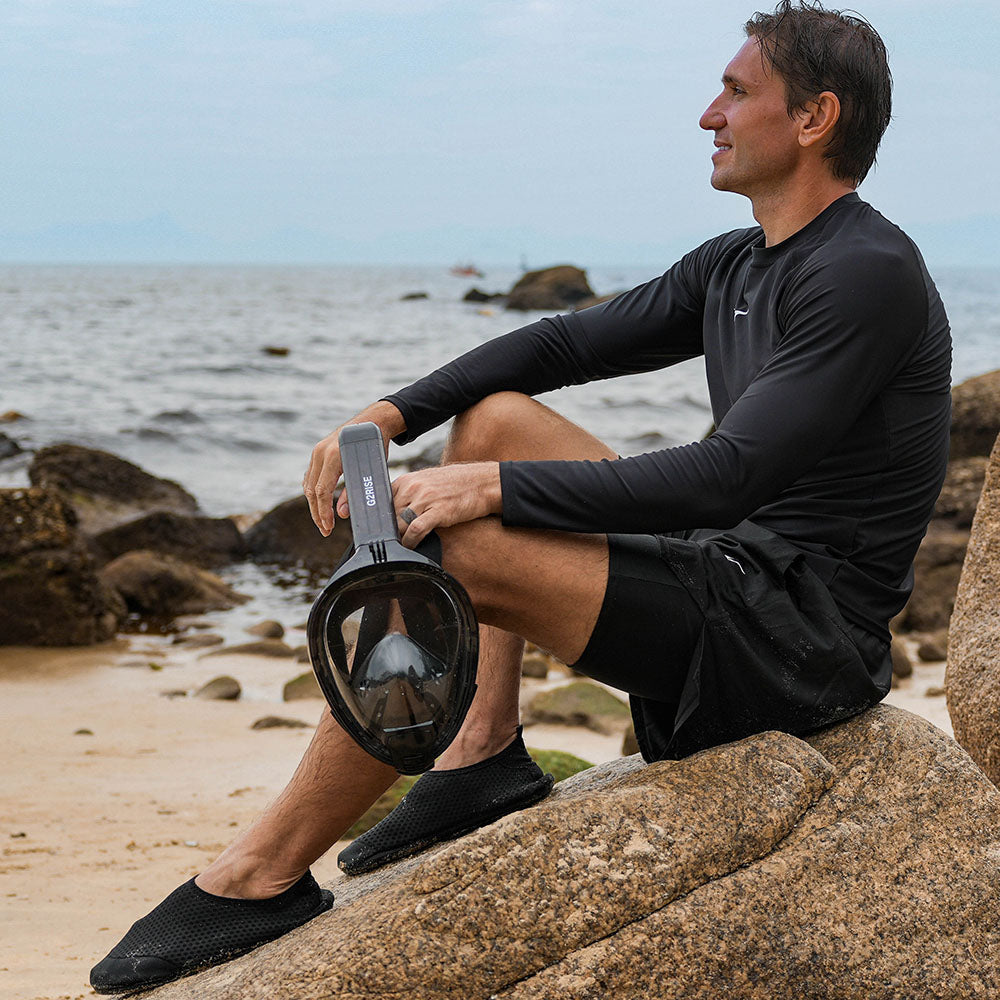

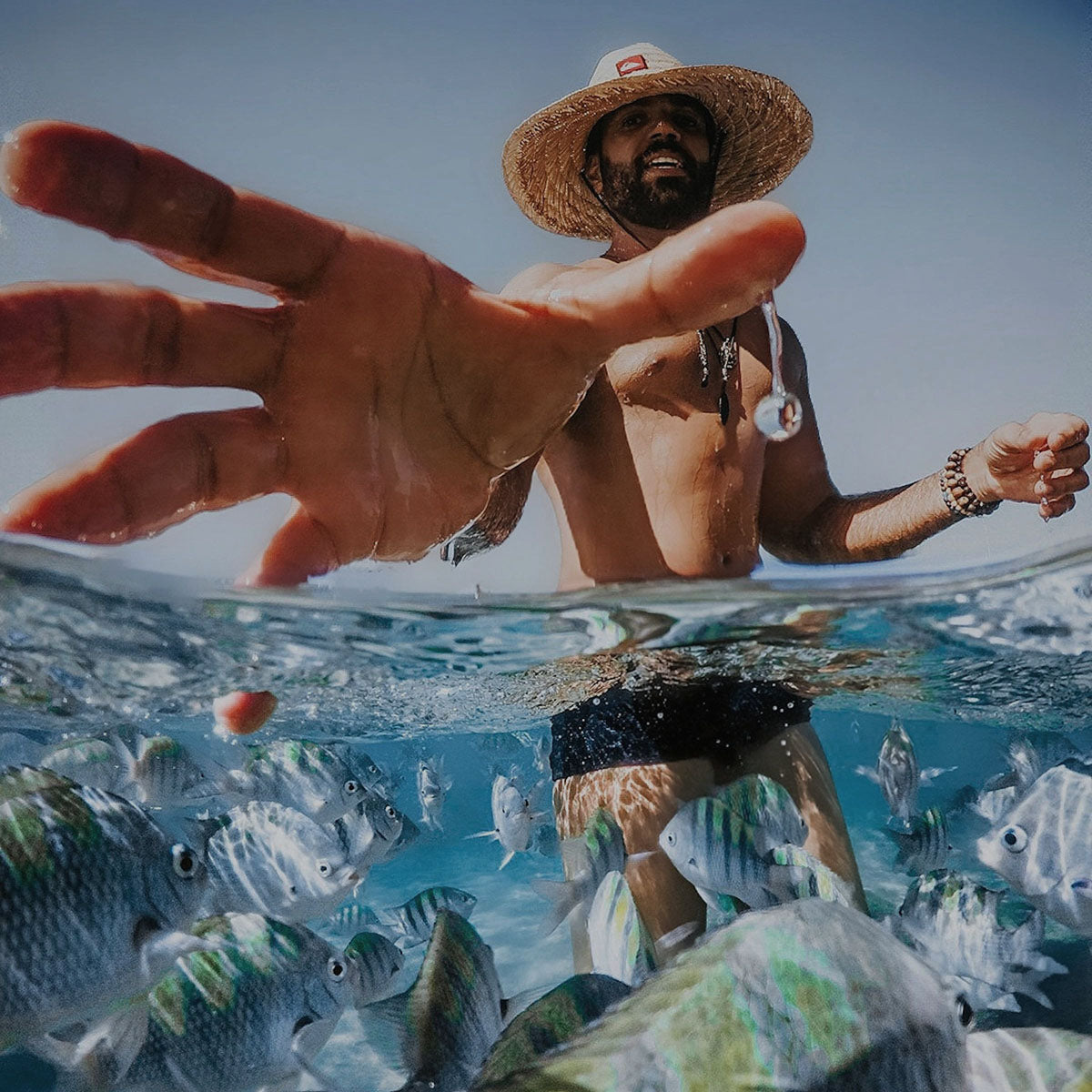
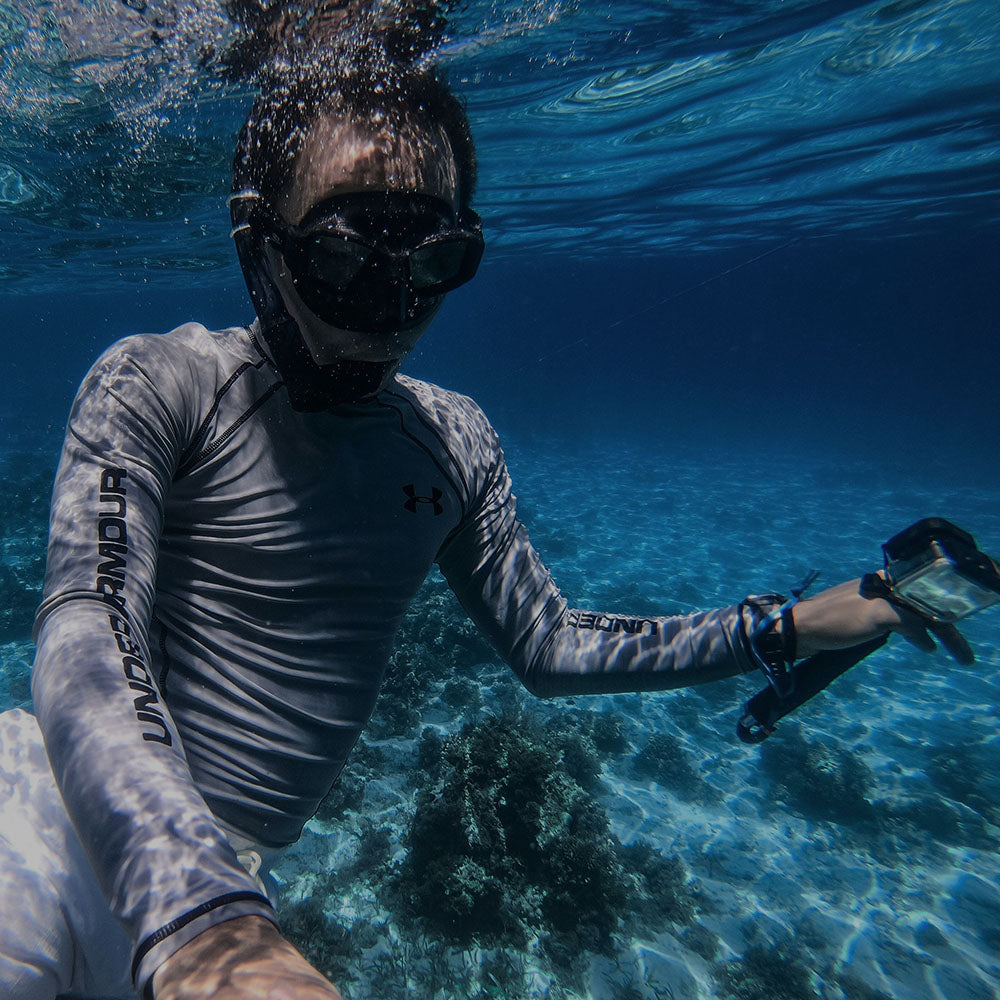
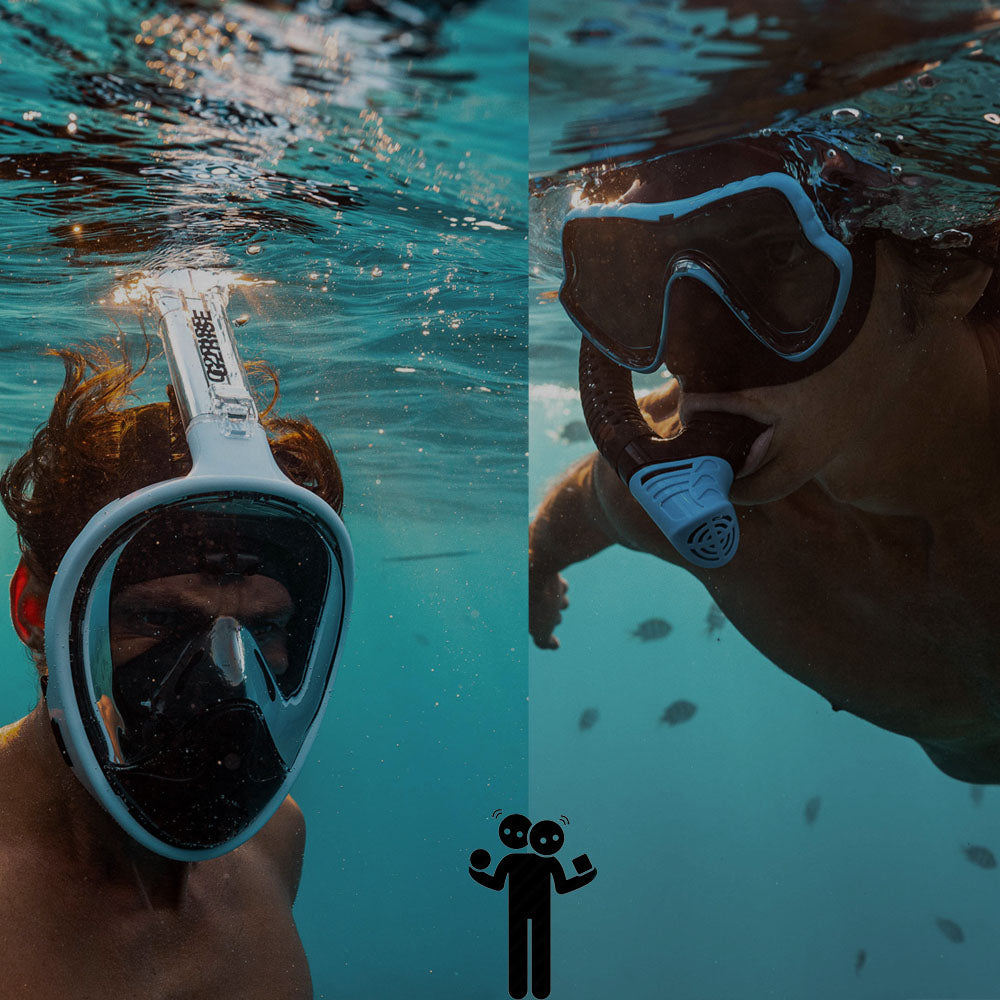
Leave a comment
This site is protected by hCaptcha and the hCaptcha Privacy Policy and Terms of Service apply.